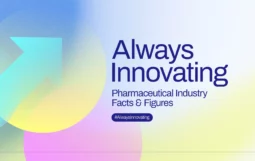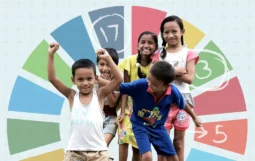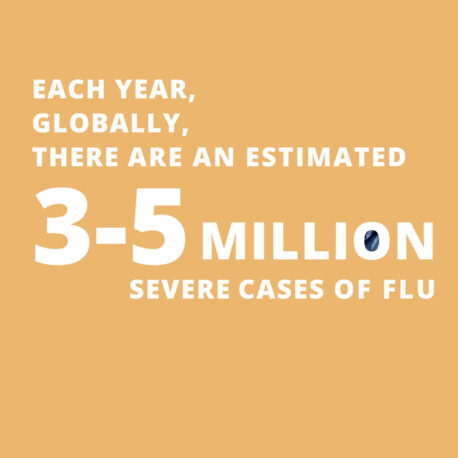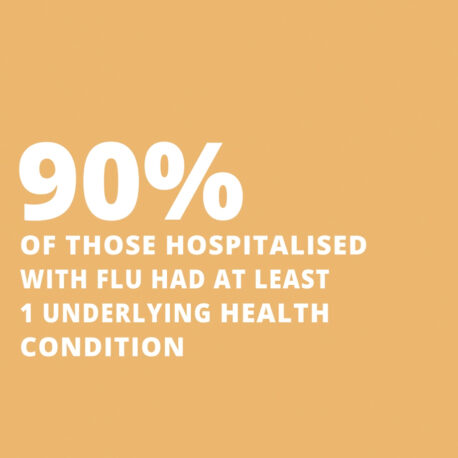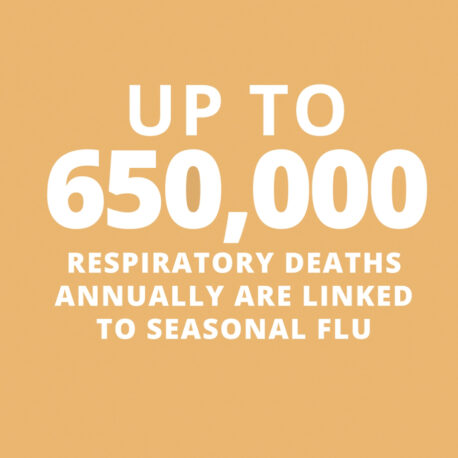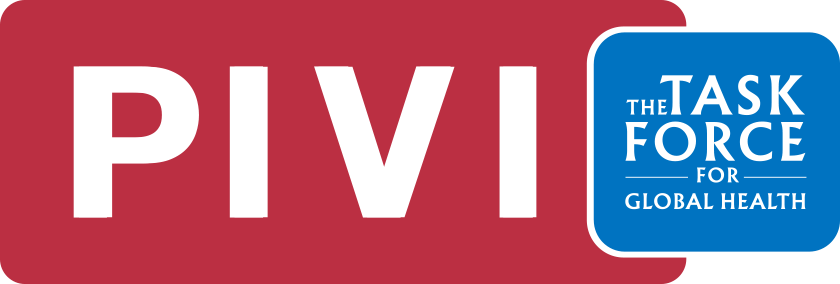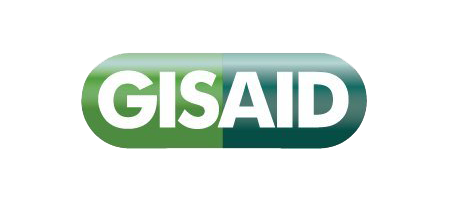Influenza
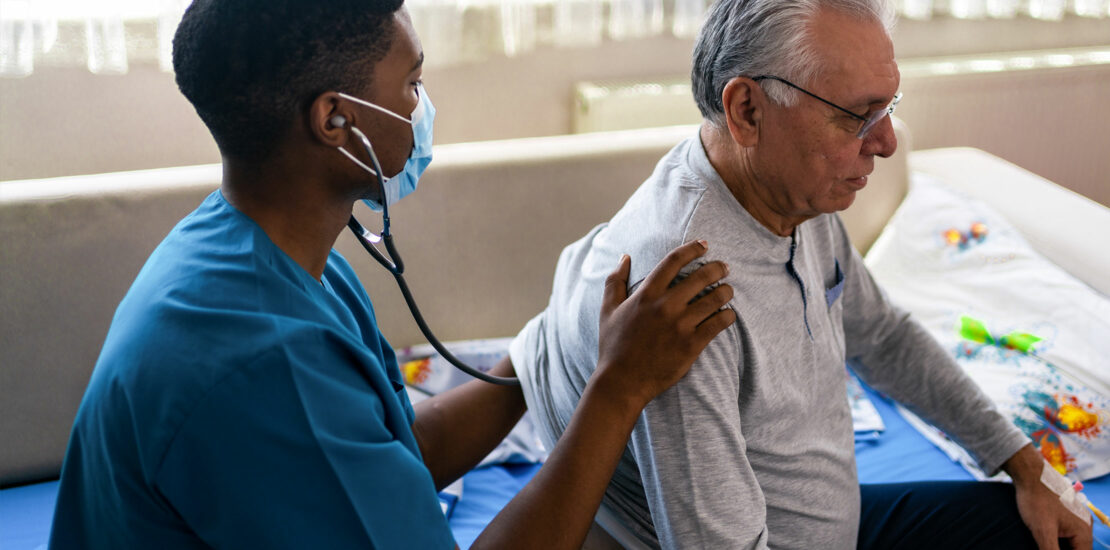

Together with the global health community, the innovative pharmaceutical industry works to improve seasonal influenza vaccine coverage and wider influenza pandemic preparedness for the future.
Overview
Seasonal influenza is an acute respiratory infection caused by viruses that circulate year-round, with a considerable disease burden.
In a typical year, there are an estimated 1 billion cases of influenza and up to 650,000 influenza-related deaths globally. Influenza is most serious for older people, pregnant women, young children, and people with underlying health conditions.
Vaccines are the best way to protect the most vulnerable against seasonal influenza, with antivirals being available to treat those who have been infected. Today, there are over 230 vaccine candidates in the pipeline, with more than 30 influenza vaccines in active clinical trials, including six COVID and flu candidates.
Seasonal influenza vaccines are made twice a year, one for each hemisphere’s winter season. This is because the virus mutates rapidly, circulation patterns change, and vaccines stop being effective from one winter season to the other.
The burden of influenza
Every year, influenza puts enormous strain on health systems and economies across the globe, while also affecting individuals, families, and communities.
This pressure affects healthcare services, contributes to reduced workforce capacity and productivity, and results in illnesses and deaths that could be prevented.
Outbreaks of seasonal influenza also take a significant toll on societies, disrupting economic activity. For instance, the cost of seasonal influenza in adults aged between 18 and 64 were reported to be up to €14 billion a year in the European Union, with substantial additional costs from older populations.
Reduced vaccine coverage , and an over-reliance on antibiotics for the management of symptoms and secondary infectious from respiratory diseases, are fueling the growth of infections resistant to some antimicrobials too.
Robust prevention against influenza is crucial for public health. Investing now in prevention and life-course immunization will strengthen our capacity to overcome future challenges and promote long-term well-being, preserving independence, and extending lives, particularly for the most vulnerable.
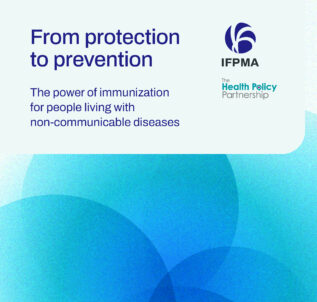
From protection to prevention: The power of immunization for people living with non-communicable diseases
The policy report From protection to prevention: The power of immunization for people living with non-communicable diseases has been commissioned to The Health Policy Partnership (HPP) by IFPMA.
Read moreInfluenza vaccination can reduce the risk of death from stroke by 50%
Influenza vaccination has been associated with reduced hospitalizations among people with diabetes by up to 79%
Adult immunization can return 19x their initial investment to individuals, healthcare systems, and society
Protecting societies from influenza
Reducing the burden of influenza is a collective endeavor across governments, healthcare providers, and industry.
Vaccination should be easily accessible, widely accepted, and actively encouraged. This can be done through:
- Enabling convenient access in communities and healthcare settings: Expanding pharmacy-based services and supporting flexible work hours for vaccination can make it much easier for people to get immunized. Accessibility and uptake can be increased by incorporating vaccination into regular healthcare services such as annual checkups or ongoing disease management.
- Expanding reimbursement for priority groups: Expanded reimbursement and broadened coverage of infleunza vaccines remove financial barriers and protect those at risk.
- Empowering healthcare professionals: Healthcare professionals can significantly influence vaccination rates by raising awareness about the importance of flu vaccines and getting vaccinated themselves.
- Engaging business and the private sector: Employers can avoid disruptions to operations and productivity by encouraging vaccination. This can be done by offering on-site clinics, partnering with local pharmacies, and supporting employees who choose to get vaccinated.
- Building public trust and countering misinformation: When leaders speak up about the importance and safety of influenza vaccines and actively challenge misinformation, it helps build public trust. Policies encouraging workplace and school-based vaccination and supporting broad public awareness efforts contribute to higher vaccination rates and healthier populations.
- Promoting life-course immunization: Life-course immunization progams lay the groundwork for tackling other respiratory diseases and strengthen a country’s ability to respond quickly and effectively to pandemics and other health emergiencies.
Preventing pandemic influenza
Seasonal influenza vaccination programs significantly enhance overall pandemic preparedness:
- They provide an annual opportunity to develop global and national systems. Countries with established seasonal influenza vaccination programs consistently demonstrate better preparedness and more rapid and effective vaccine roll-out during a pandemic, as evidenced by the response to the 2009 H1N1 and 2020 COVID-19 pandemics.
- Consistent seasonal campaigns build public awareness, familiarity with vaccination, and trust in health authorities and vaccine delivery systems. This strengthens the societal infrastructure necessary for rapid and widespread vaccine acceptance during an emergency, including managing misinformation.
- Regular demand for seasonal vaccines incentivizes manufacturers to maintain and invest in production capacity and R&D capabilities, which are critical assets for surging production during a pandemic.
IVS Task Force
The IFPMA Influenza Vaccine Supply International Task Force (IVS Task Force) was established in February 2002 to address the challenges of seasonal and pandemic influenza.
The IVS Task Force brings together research-based vaccine manufacturers conducting R&D, development, and production to provide safe, effective, high-quality human vaccines and antivirals against seasonal, pre-pandemic, and pandemic influenza.
To better measure global access to influenza vaccination, the IVS dosse distribution survey was established in 2008. Conducted every two years, it tracks the worldwide distribution of influenza vaccine doses and serves as a proxy for vaccination coverage, showing how rates have shifted over time both globally and across WHO regions.
The latest edition, published in October 2025, reveals a decline in distribution compared to previous years: In 2023, 679 million doses were distributed. This amounts to 17% fewer vaccine doses distributed globally than in the peak year, 2020, when a total of 814 million doses were distributed.





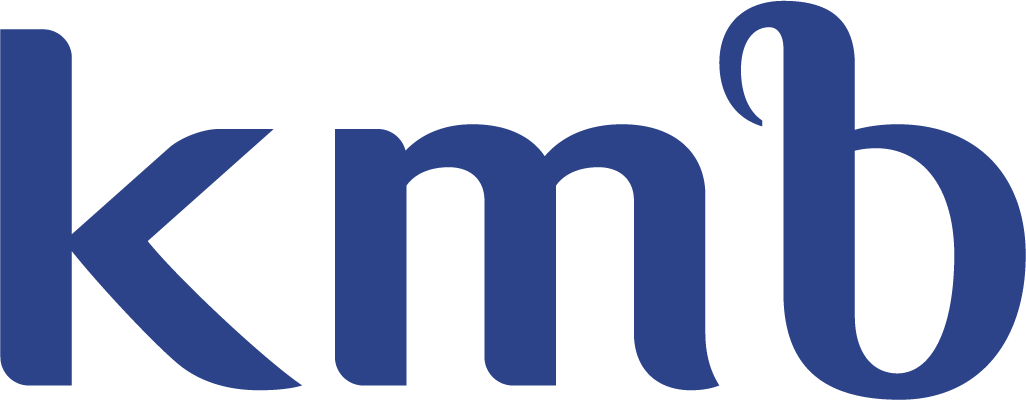
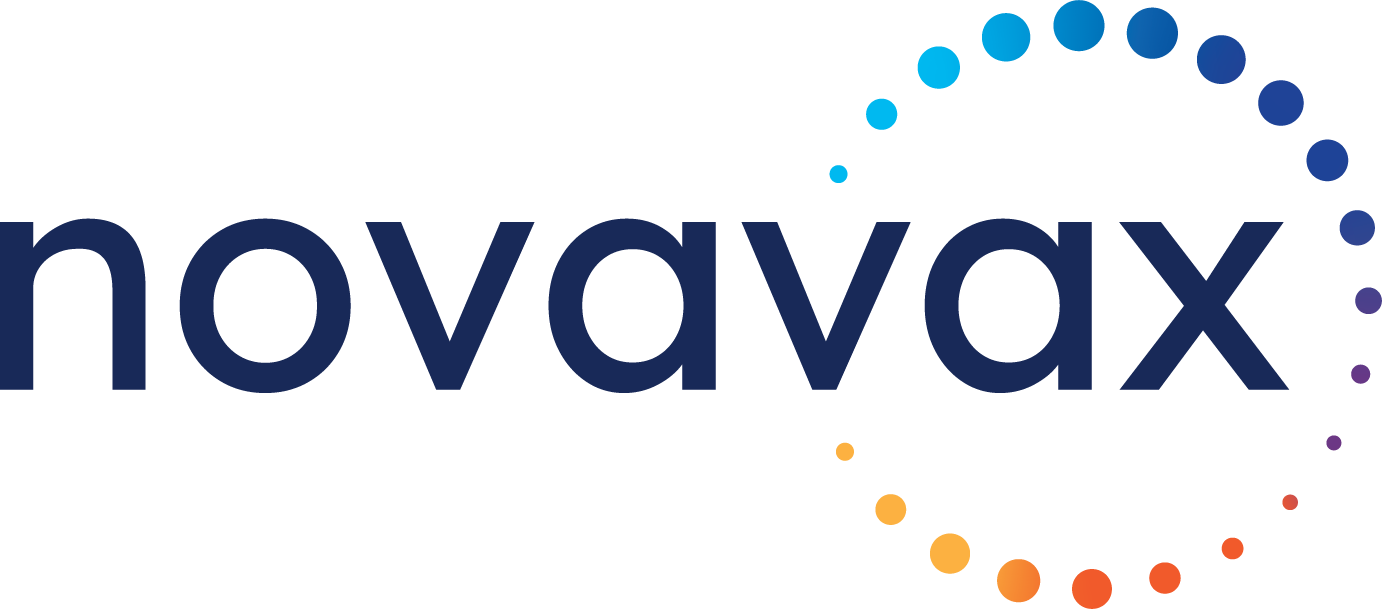



Let's be 100% committed to flu vaccination

Pathogen sharing
Immediate, unrestricted access to pathogens and their genetic information is fundamental to global health security and the crucial first step to developing the vaccines, medicines, and tests the world needs.
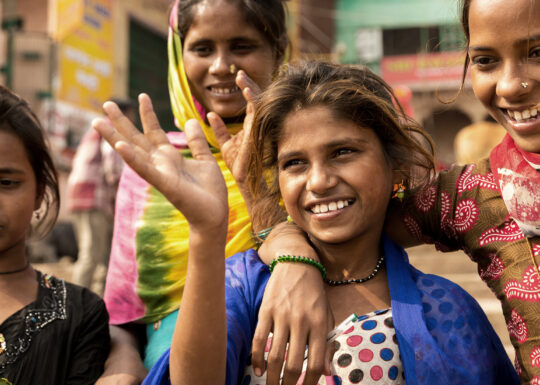
Vaccines
The innovative pharmaceutical industry supports the discovery of new vaccines and their access to prevent and control diseases, improve the health of people everywhere, and make the world a safer place.

Non-communicable diseases
IFPMA helps tackle non-communicable diseases (NCDs) by building multi-sectoral alliances and reinforcing the importance of investing in NCD prevention and care through our policy, advocacy, and communications work.
Influenza campaigns and initiatives
#TogetherAgainstFlu
Our #TogetherAgainstFlu digital campaign aims to raise awareness of the importance of flu vaccinations for healthcare workers, older adults, and patients living with chronic conditions.
Read more
#VaccinesForLife
Our #VaccinesForLife campaign focuses on highlighting the benefits of current and future vaccines for everyone over the course of their lives.
Read more
#PreventionForChange
Health prevention is a critical piece for resilient healthcare systems, societies, and economies.
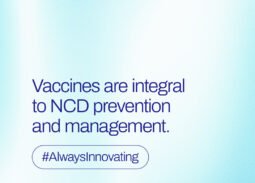
#AlwaysInnovating
Immunization plays a vital role in preventing and managing chronic diseases. Let’s unlock the potential of vaccines.
Read more#TogetherAgainstFlu
Our #TogetherAgainstFlu digital campaign aims to raise awareness of the importance of flu vaccinations for healthcare workers, older adults, and patients living with chronic conditions.
